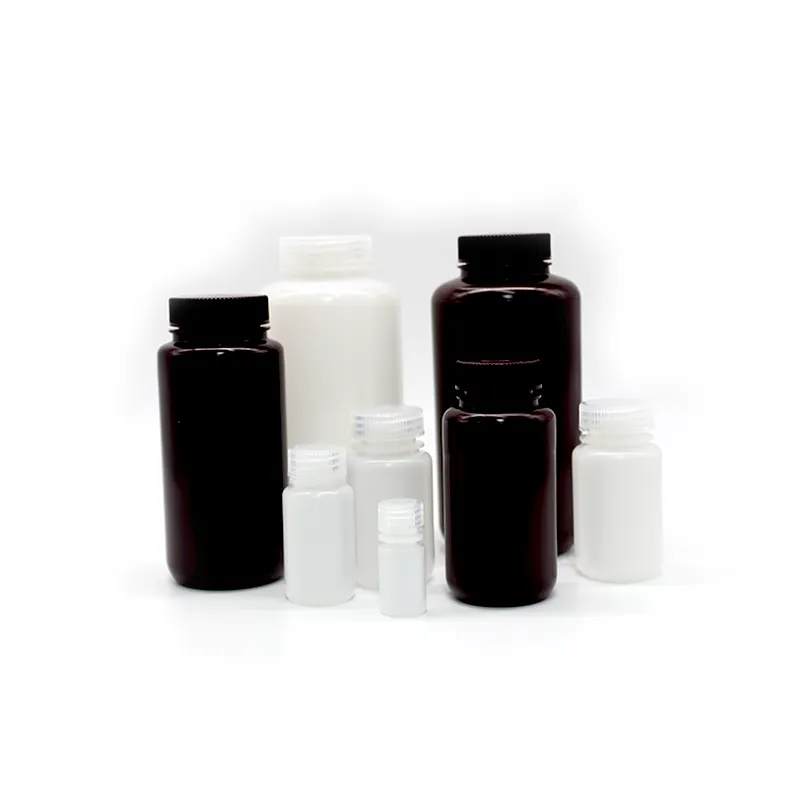urine test tube name
Understanding Urine Test Tubes Importance, Types, and Best Practices
Urine tests are an essential aspect of medical diagnostics, playing a crucial role in the evaluation of health and the diagnosis of various conditions. To conduct these tests effectively, urine test tubes, also known as urine specimen containers, are specifically designed to safely collect, transport, and store urine samples. This article will explore the significance of urine test tubes, the different types available, and best practices for handling urine samples.
Importance of Urine Test Tubes
Urine test tubes are vital components in the collection process of urine samples. They ensure the integrity and reliability of the samples taken for laboratory analysis. The container type can significantly influence the accuracy of the test results, as any contamination or inappropriate storage conditions can lead to misleading conclusions about a patient’s health.
Properly labeled urine test tubes prevent mix-ups and ensure that specimens are traceable back to the corresponding patient. This aspect is particularly important in healthcare settings where numerous samples are being processed simultaneously. Each tube generally comes with a label for patient information, the type of test required, and the date and time of collection.
Types of Urine Test Tubes
1. Standard Urine Cups The most common type of urine test tube used for routine urinalysis, these are usually sterile, single-use containers with a wide opening for easy sample collection. They may come with a secure screw cap, ensuring that the sample does not spill during transportation.
2. Preservative Tubes Some tests require the preservation of urine samples for specific analyses, such as culture tests or metabolic studies. Preservative tubes contain chemicals that prevent bacterial growth or degradation of certain substances. These tubes are crucial for tests that require a delayed analysis and must be handled with care to avoid contamination.
3. Amber or Dark-Colored Tubes Light-sensitive samples are often collected in amber or dark-colored tubes to protect the urine from photodegradation. These tubes are essential for tests measuring certain hormones or vitamins that can deteriorate when exposed to light.
4. Pediatric Urine Collection Bags For infants and young children who may not be able to urinate on command, specialized urine collection bags are used. These bags are adhesive and are attached externally to collect urine without the need for invasive procedures.
urine test tube name

5. Sterile vs. Non-Sterile Tubes The choice between sterile and non-sterile urine test tubes depends on the type of test being conducted. For instance, cultures require sterile containers, while routine analyses can be conducted in non-sterile tubes.
Best Practices for Handling Urine Samples
To ensure the accuracy and reliability of urine test results, it is essential to follow best practices during the collection, handling, and storage of urine samples
- Patient Instructions Proper instructions should be given to patients on how to collect samples. Midstream urine collection is often recommended to minimize contamination from the urethra.
- Labeling Always label the urine test tubes immediately after collection with the patient’s name, identification number, collection date, and time.
- Transport Urine samples should be transported to the laboratory as quickly as possible. If immediate analysis is not possible, certain samples may need refrigeration or special preservation techniques.
- Infection Control Adhere to infection control protocols during sample collection to reduce the risk of contamination. Hand hygiene and the use of gloves are paramount.
- Documentation Maintain accurate records of the samples collected, including any relevant patient information and circumstances surrounding the sample collection.
Conclusion
Urine test tubes play a critical role in the diagnostic process. Understanding their importance, the various types available, and adherence to best collection practices can significantly influence the outcomes of urine tests. As medical technology advances, the design and functionality of urine test tubes continue to evolve, enhancing their efficiency and effectiveness in healthcare settings. Proper care in handling urine samples leads to better diagnosis and treatment, ultimately improving patient outcomes.
-
Aesthetic Makeup Spray Bottles | Fine Mist Empty RefillableNewsAug.19,2025
-
White Plastic Veterinary Vaccine Vials | Lab Liquid BottlesNewsAug.18,2025
-
Plastic Medicine Liquid Bottle: Secure Flip Top Drug VialsNewsAug.17,2025
-
Durable 250ml Blue Plastic Vaccine Vial for Lab & Vet UseNewsAug.16,2025
-
Sterile Virus Sample Tubes: Secure & Reliable Specimen CollectionNewsAug.15,2025
-
White 250ml Plastic Vaccine Vial for Lab & Vet MedicineNewsAug.14,2025
























